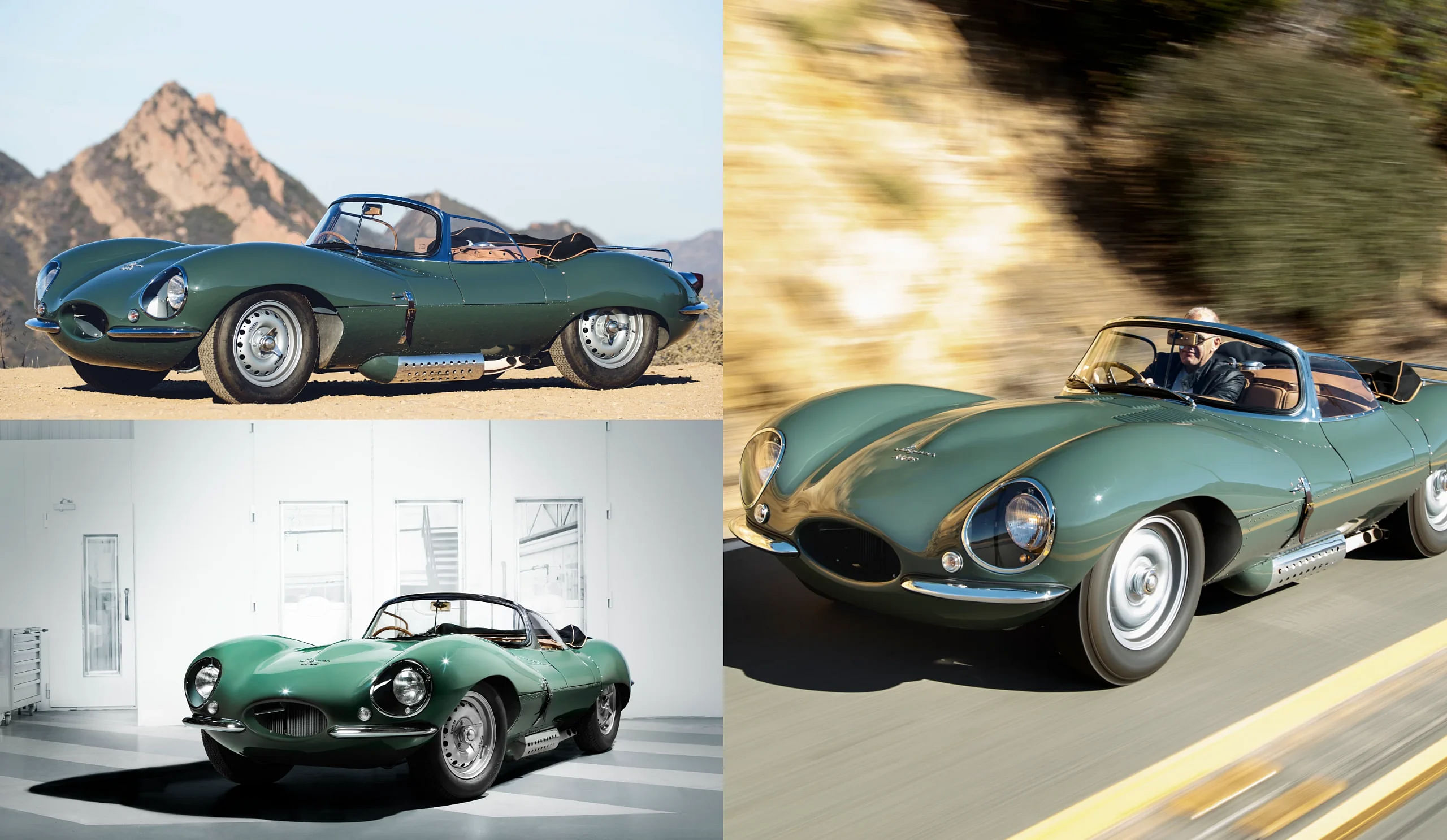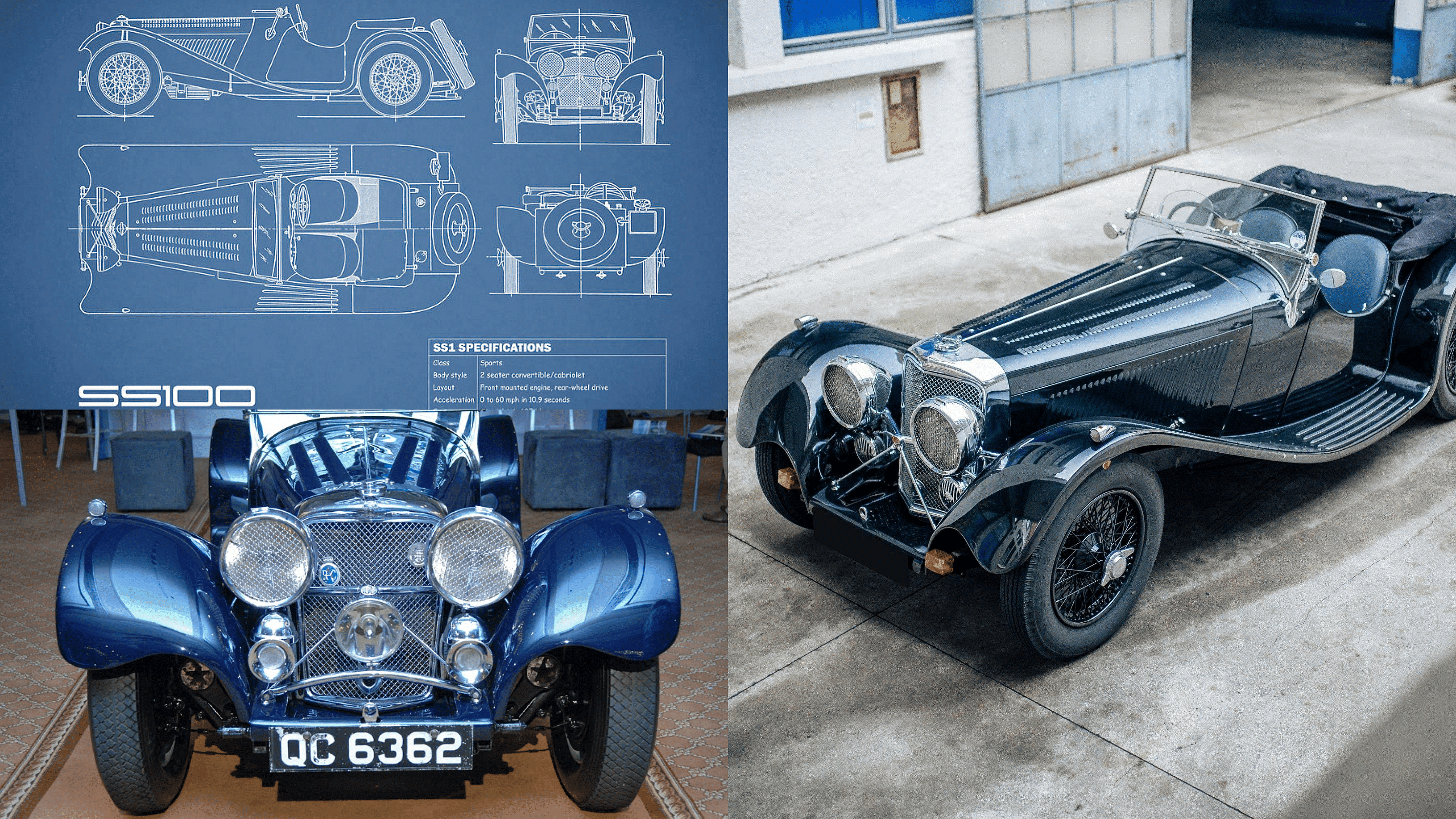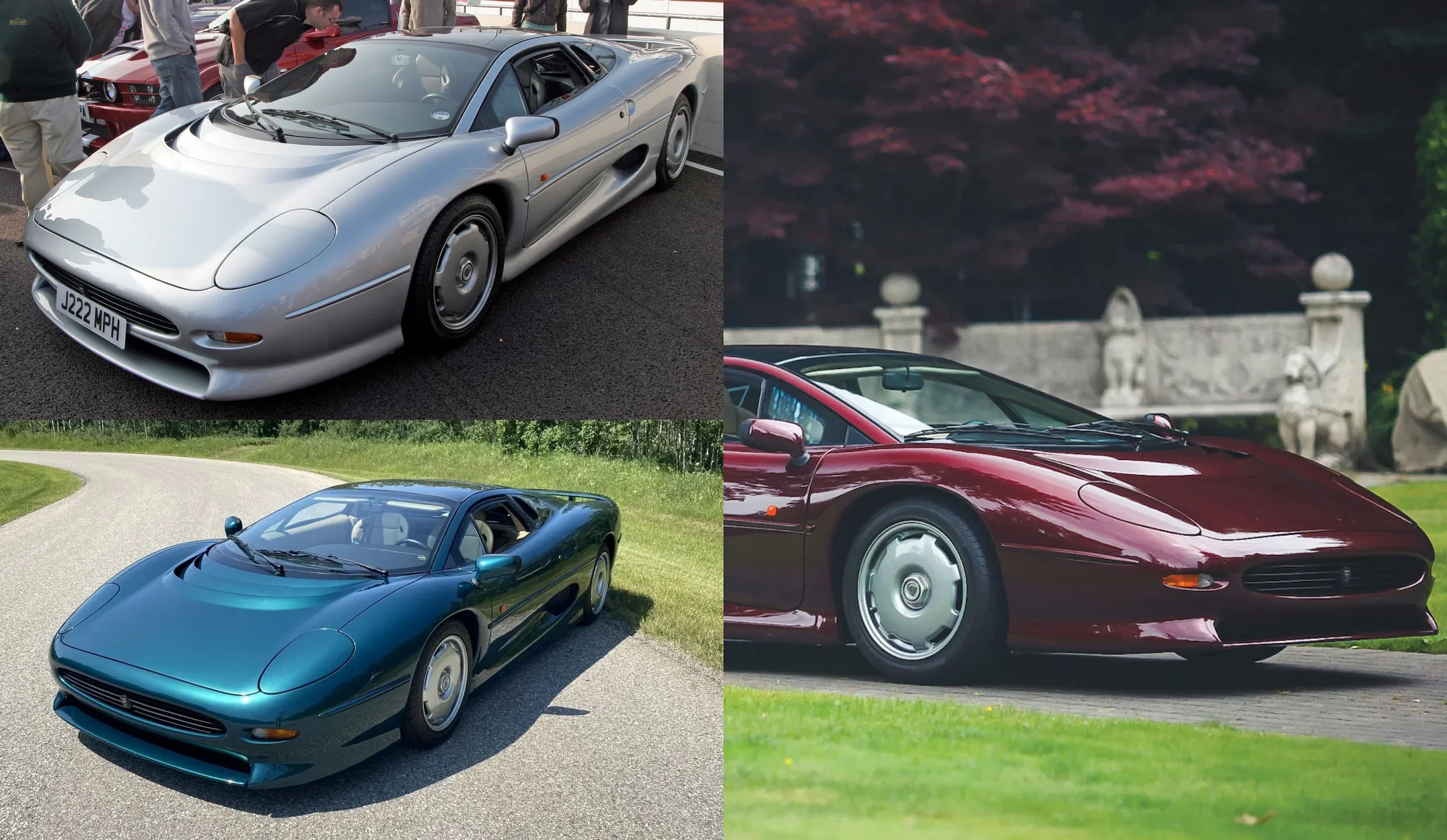A Look Into The Super Rare, Early Jaguar SS100
Jaguar is among the most distinguished luxury car makers globally. The SS100 can be said as the grandfather of the sports cars we see from the brand at present. The car was in production for four consecutive years only with the production ending in 1940 due to WW2. The number 100 was added to the car’s name since it was originally intended to do a top speed of 100 mph; however, in reality, the number was a bit lower.
Published February 20, 2024

Jaguar, in combination with Land Rover, has become an auto giant and has gifted the automotive world some spectacular cars such as the Jaguar E-Type. And almost every great sports car maker has a humble history. Prior to being a car maker, Jaguar was known as Swallow Sidecars, and the brand used to make sidecars for early motorcycles. After an exchange of shares and acquisition, the brand finally came to be known as Jaguar Cars Limited back in 1945.
The brand started making cars back in 1935 but stopped its operation in 1940 due to the Second World War. The SS Jaguar 100 was the last sports car from the brand. For a sports car of its time, the SS100 was also given the title of the most aesthetically pleasing sports car of the 30s as well.
Related

The Jaguar C-Type Came, Saw And Conquered The Le Mans In 1951 and 1953

The Jaguar XKSS Is A Forgotten Car Worth Exploring
How was the SS100 designed and developed?
The SS100 is widely considered the first proper sports car designed and offered by SS cars in the early 30s. After expanding its arm as an engine manufacturer in 1926 from being just a motorcycle sidecar maker, SS Cars built its first sports saloon based on the Austin Seven’s platform which looked quite appealing for its time. After that, the brand went on to make sportier versions of the Morris Cowley, Wolseley Hornet, and Standard Sixteen successfully.
With the launch of the SS1 in 1931, the brand proved its self-worth and became recognized as a marque as well. Within 4 years, the brand rolled out the SS90 with William Heynes as chief engineer. Based on the SS90, the SS100 was launched in 1936 with almost all the limitations of the previous car rectified.

The newly developed SS100 had a shorter wheelbase of 102 inches and smoother and more flowy lines than the SS90 as well. The exterior featured a long hood with multiple vents, a down swept wing styling on the sides, a cutaway door design, and a rakish-mounted fuel tank. The interior of the car was designed by keeping a sporty appearance in mind and the dashboard showed it with its dual cowl design. The car also had a proper tachometer along with a speedometer and general gauges.
What about the SS100’s powertrain and performance?
The predecessor of the SS100, the SS90 had a Standard-supplied I-6 side-valve motor that allowed the car to reach about 90 mph. However, the side valve had some design limitations that did not make it a reliable performance machine. The SS100 received a reworked version of the Standard I-6 which came with an overhead valve cylinder head from Welsake. As such, the 2.6-liter motor produced a healthy 104 hp and allowed the car to beat none other than Bugatti in 1936’s International Alpine Trial.

Mated to a 4-speed manual gearbox, the motor was fitted with two SU carburetors for better breathing and gain in performance. In a straight line, the SS100 could reach 60 mph within 10 seconds. In the same year, the 2.6-liter unit was replaced with a bigger 3.5-liter I-6 unit that developed an impressive 125 horsepower and made the SS100 cross the 100 mph barrier with a top speed of 101 mph.
Related

Ten Things You Need To Know Before Getting The Jaguar E-type

Taking A Trip Down The Memory Lane With The Jaguar XJ220
Write a comment
Comments
No Comments Yet









